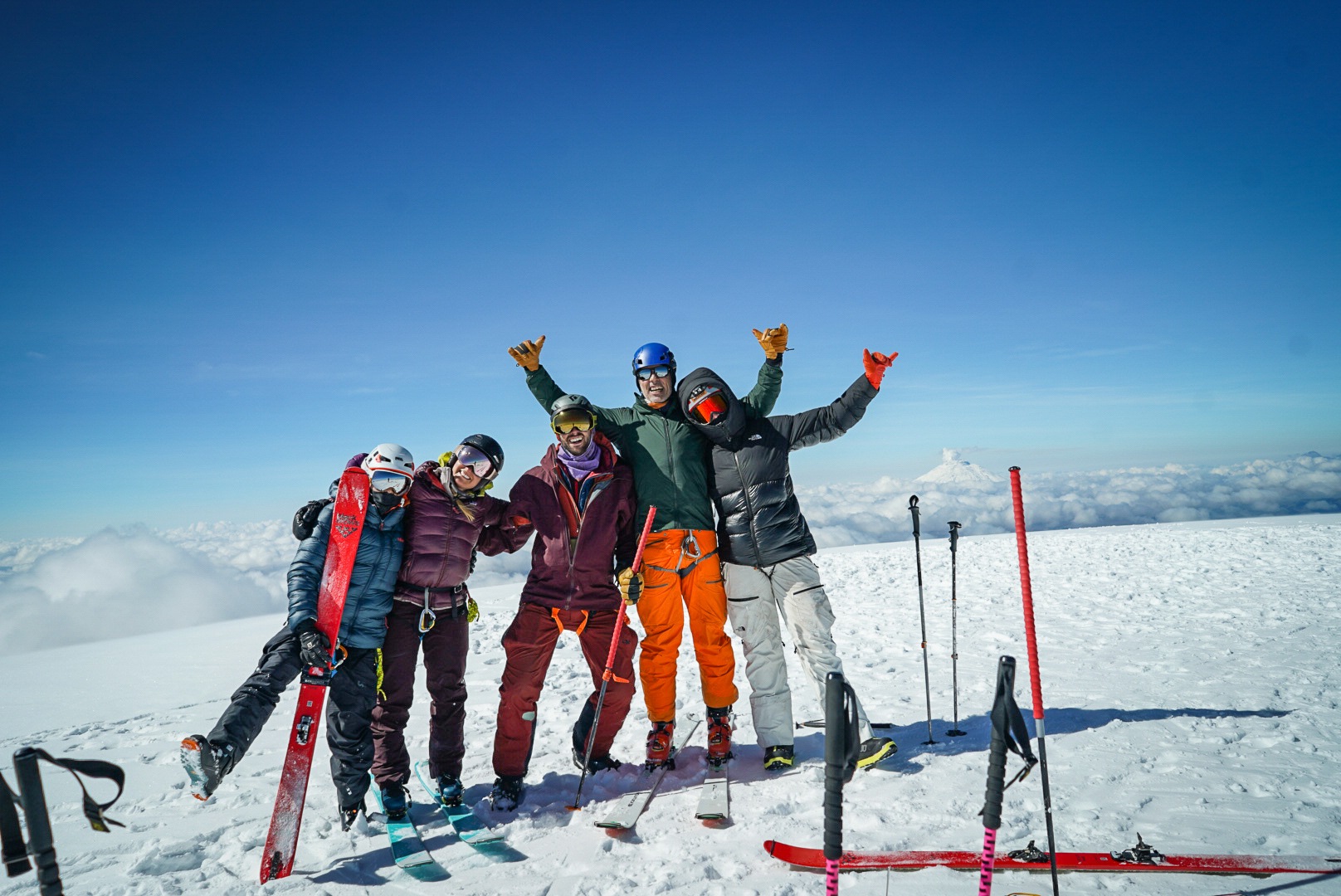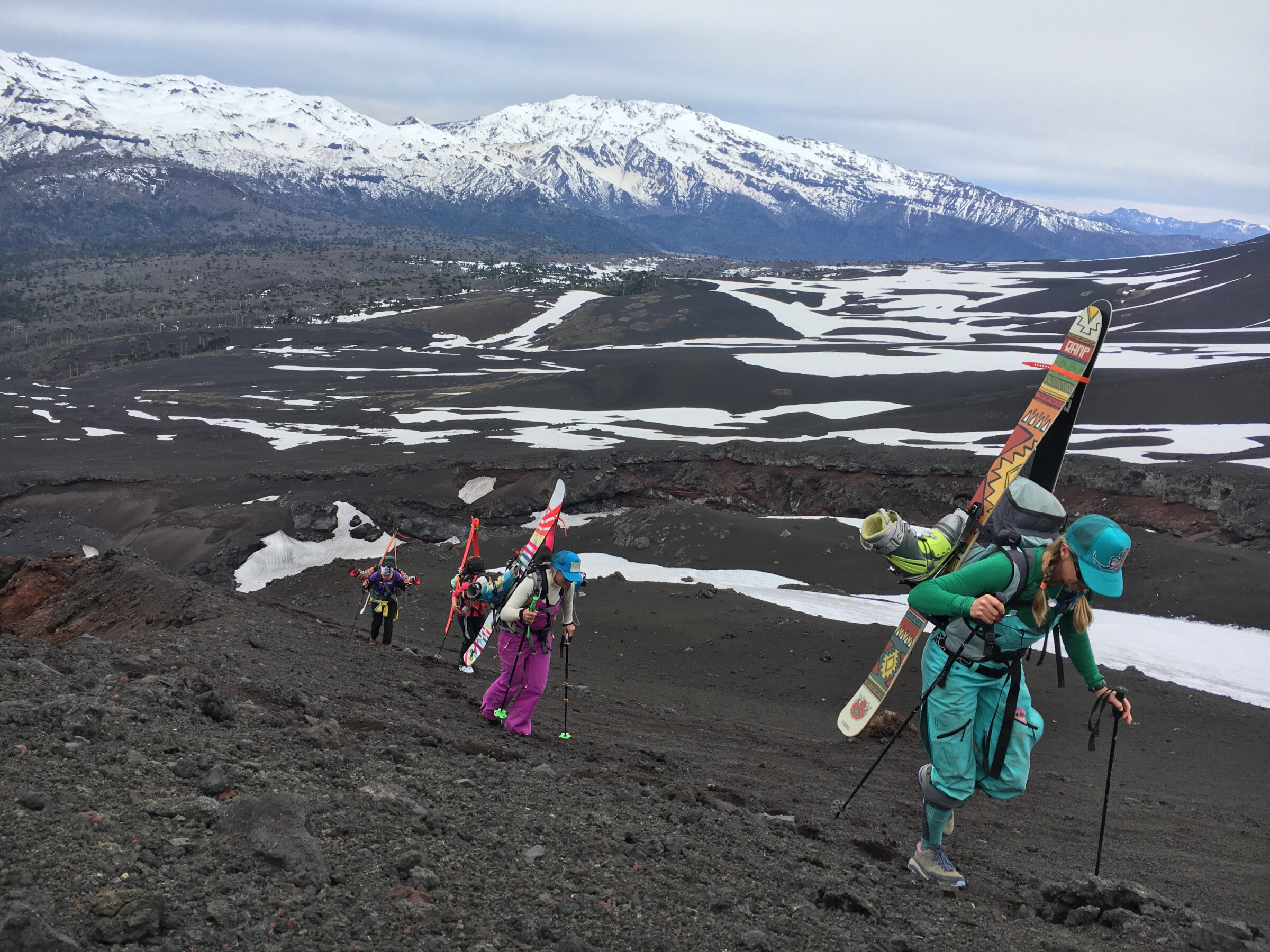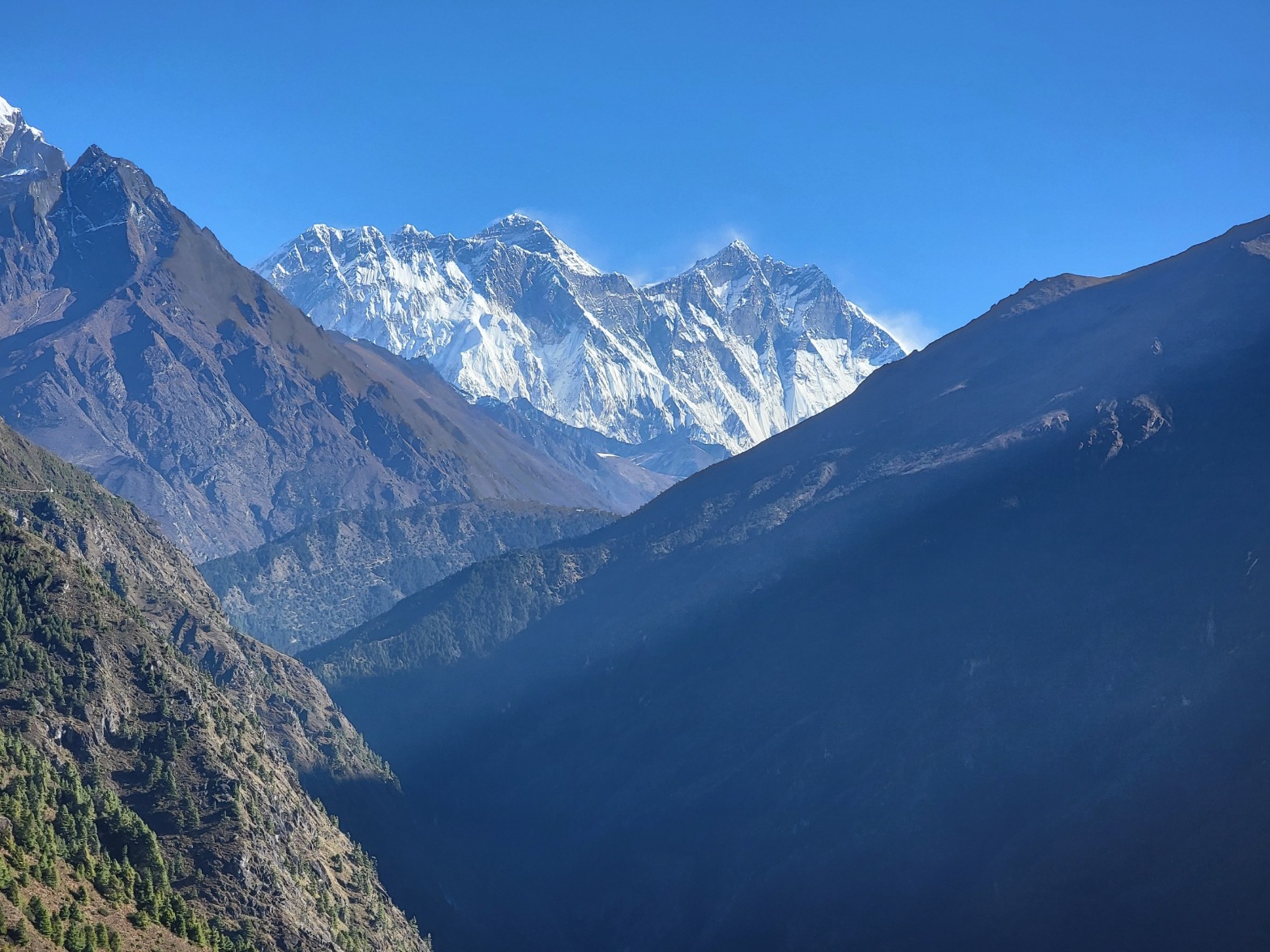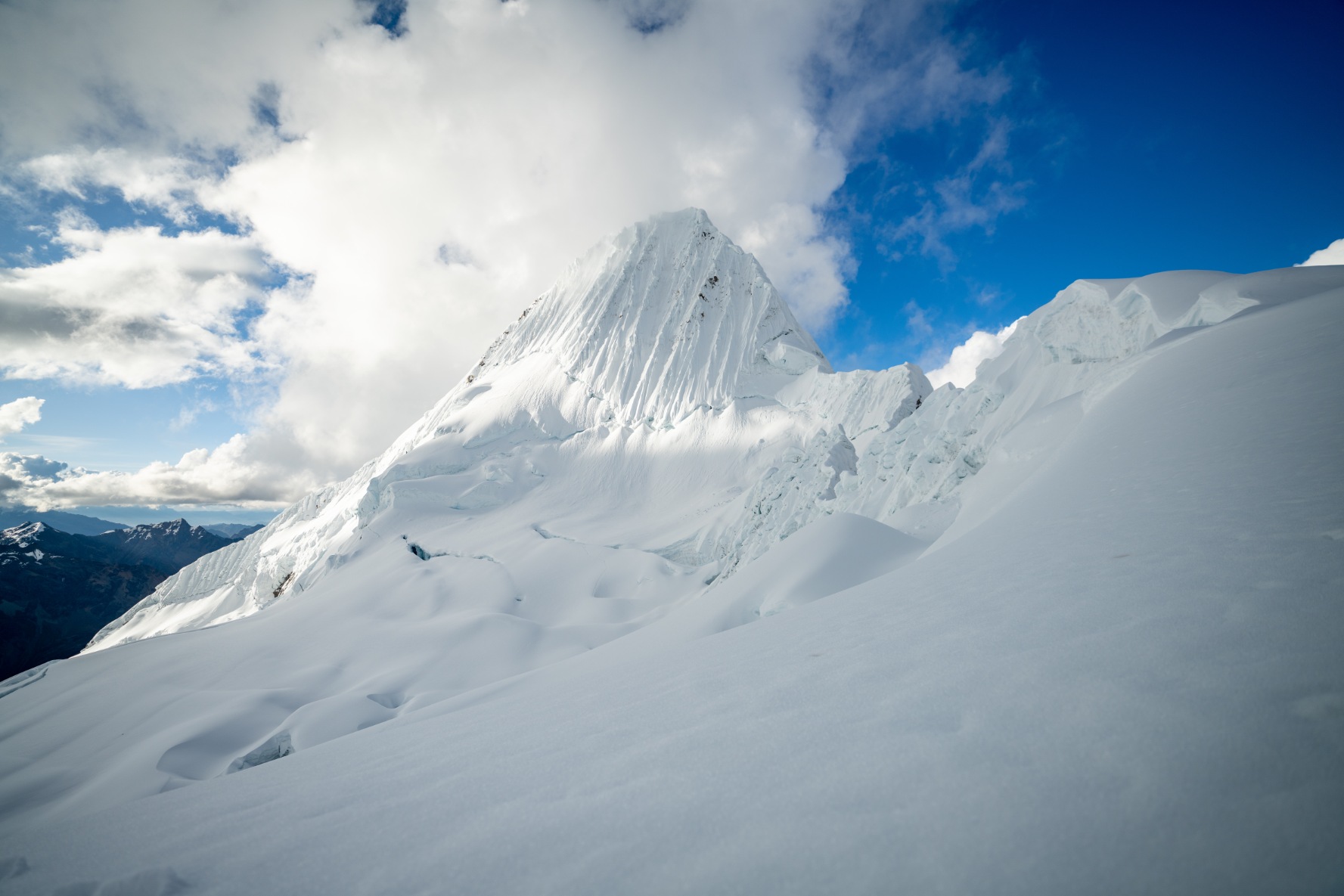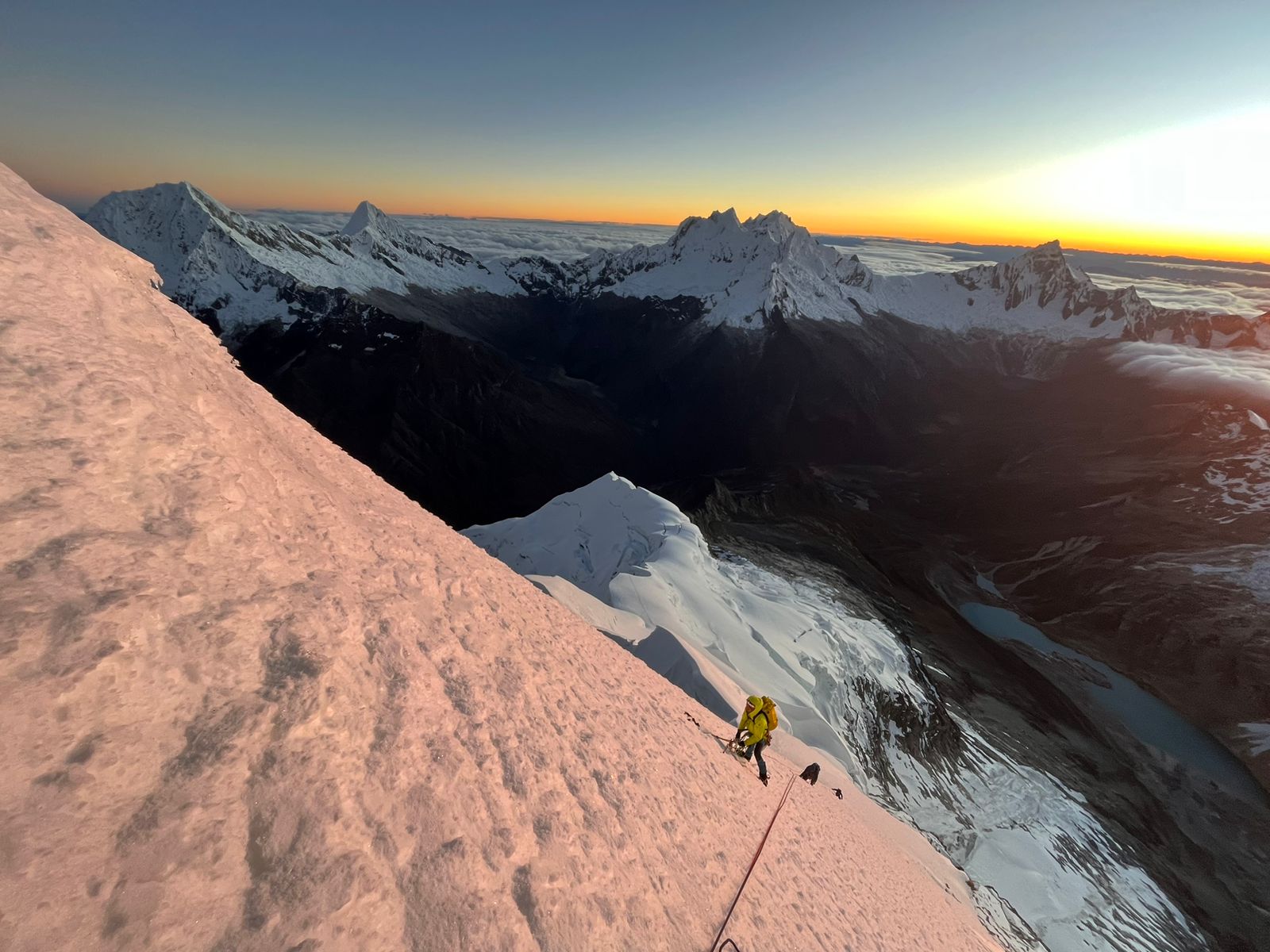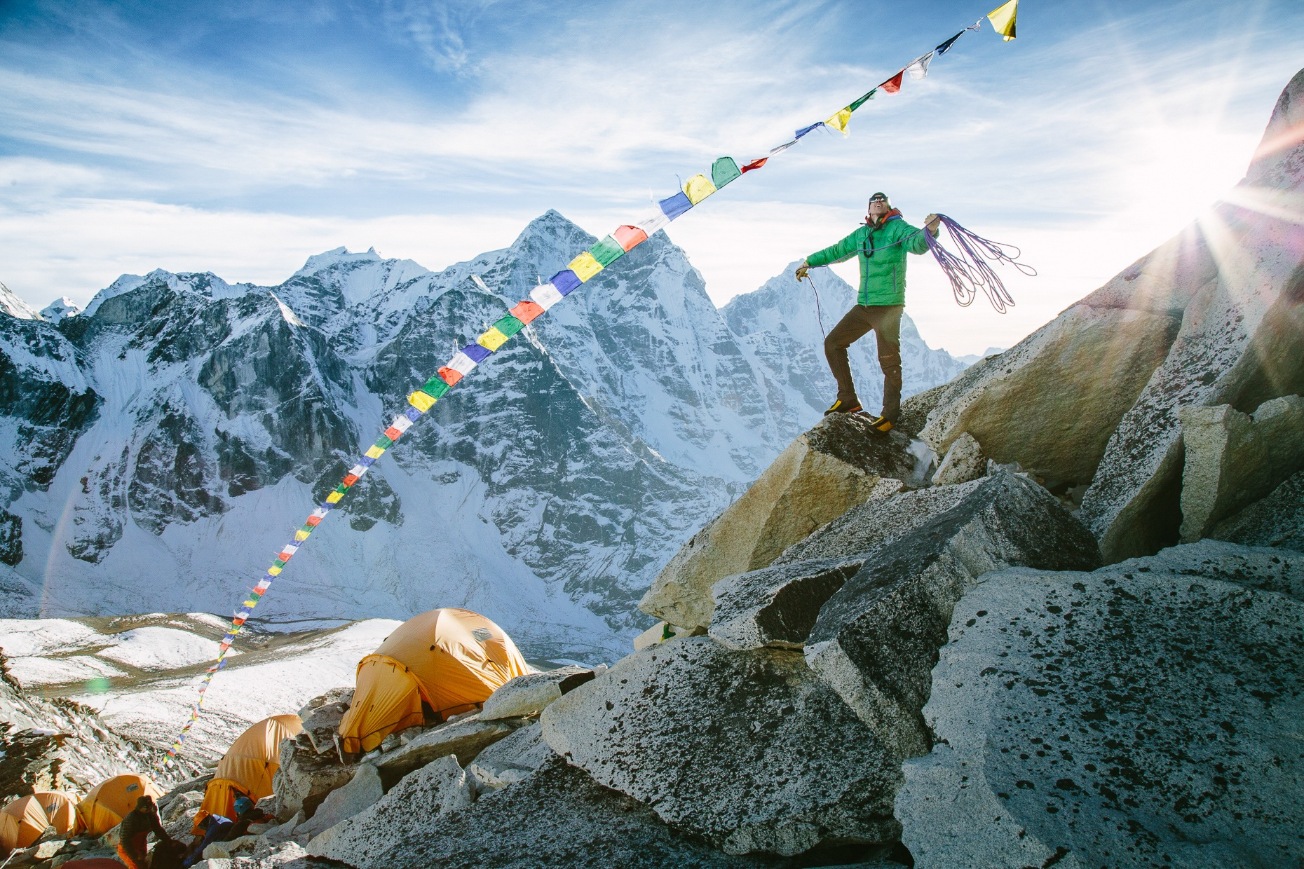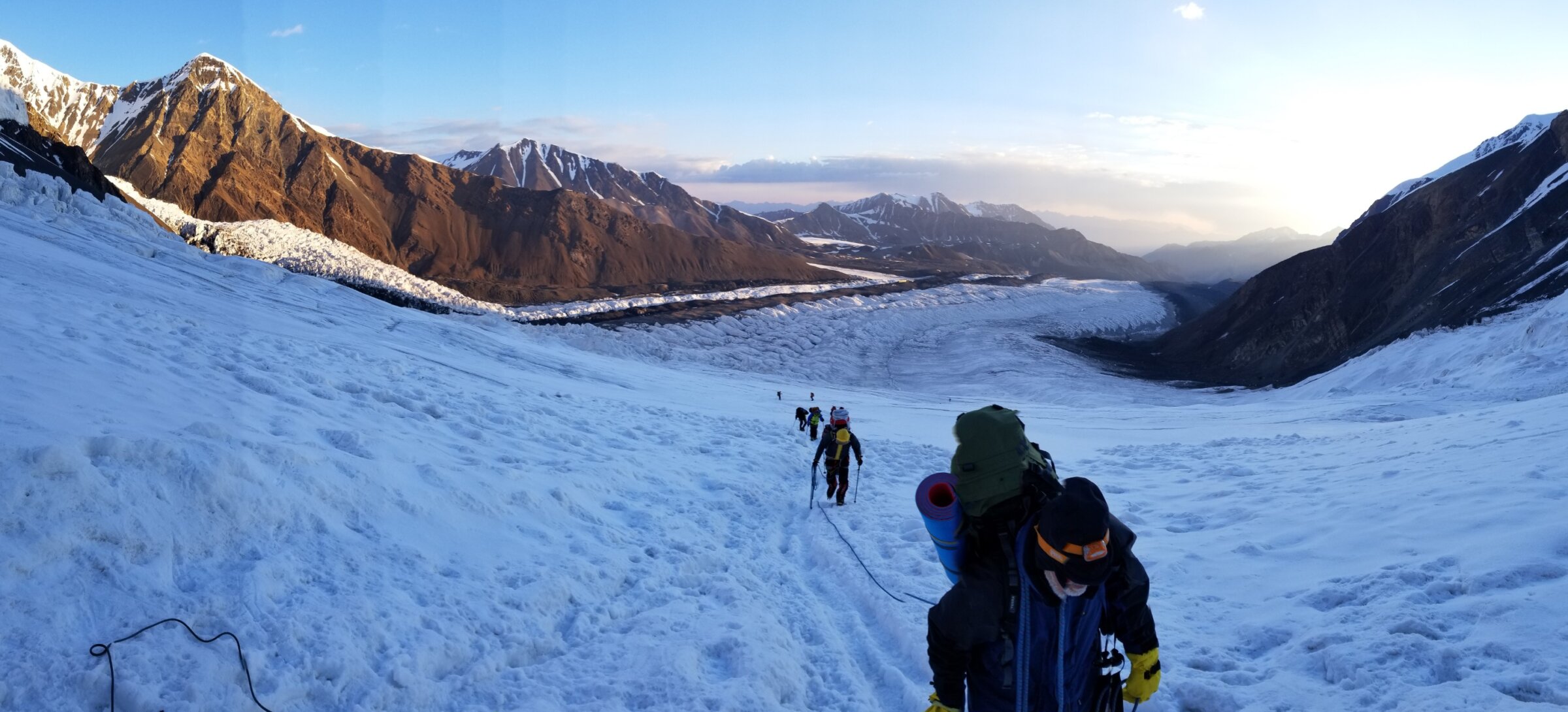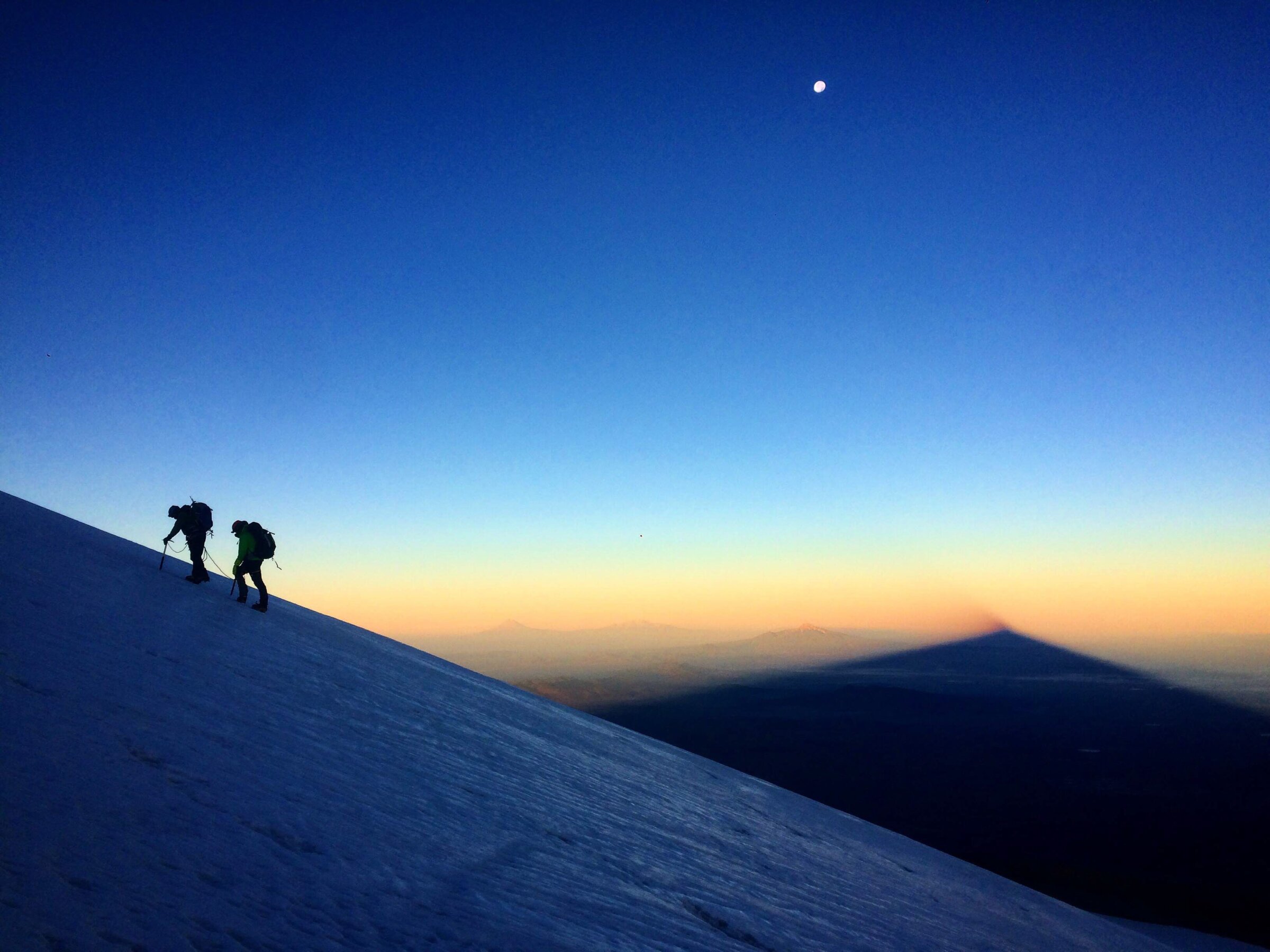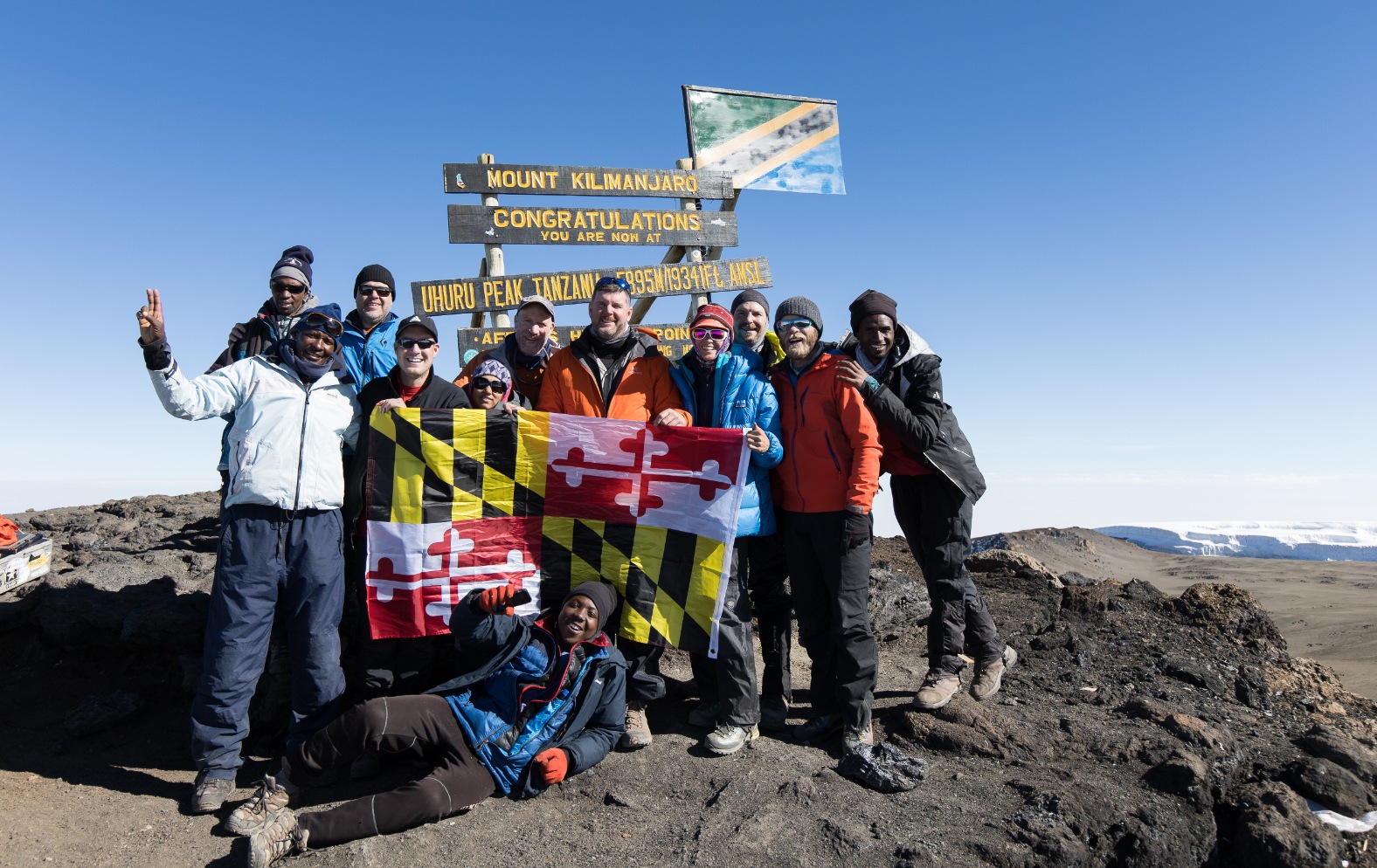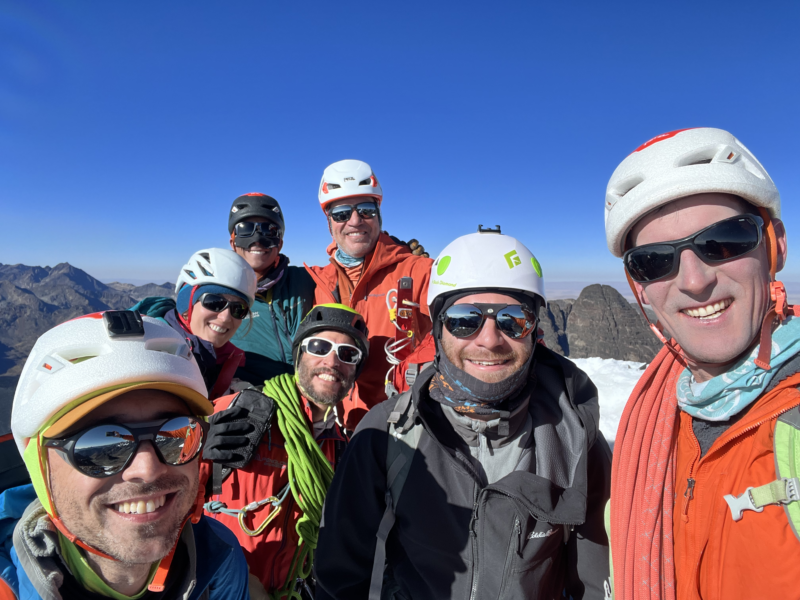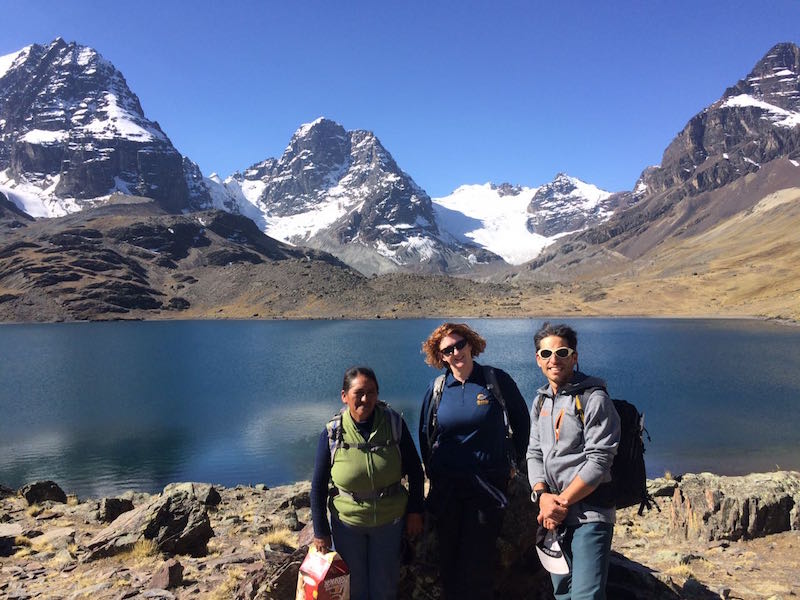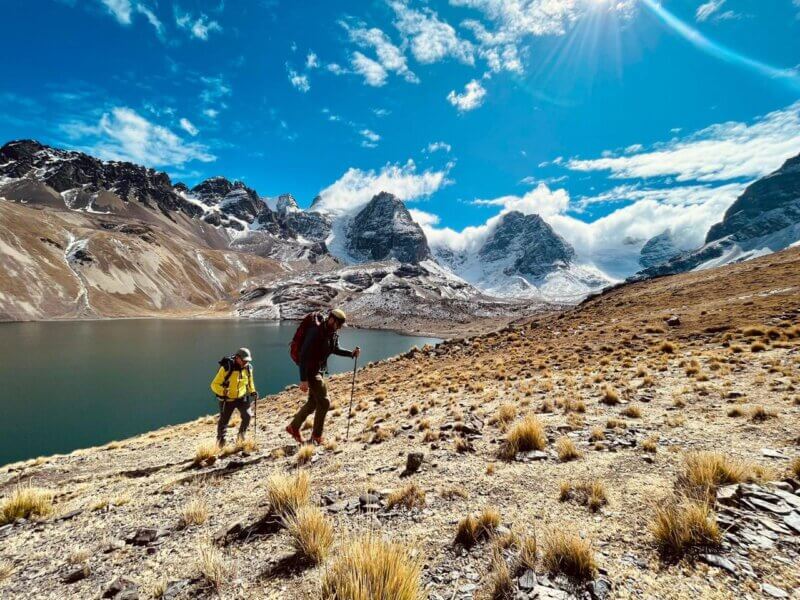Climbing Culture in Bolivia Runs Deep

On the edge of the Central Andes mountains, Bolivia boasts a rich tapestry of climbing history and culture with deep roots in the country’s rugged terrain and indigenous heritage. Climbing in Bolivia traces its origins back centuries, intertwined with the traditions of indigenous communities who traversed the Andean mountains for trade, communication, and spiritual purposes. Over time, these ancient pathways evolved into modern climbing routes, attracting mountaineers from around the world eager to test their skills on Bolivia’s formidable peaks.
One of the more unique facets of Bolivia’s climbing scene is the emergence of the Cholita Climbers, a group of indigenous Aymara women defying stereotypes and challenging the notion of who can be a climber in the largely male-dominated world of mountaineering. Dressed in their distinctive traditional attire, including bowler hats and brightly colored skirts, these women have scaled some of Bolivia’s highest peaks such as Huayna Potosí (19,974’/6,088m) and Illimani (21,122’/6,438m). In a country where the mountains are revered as sacred and climbing is deeply ingrained in the fabric of daily life, the Cholita Climbers stand as symbols of the power of mountaineering to create transformative experiences.
The history and culture of mountaineering in Bolivia is precisely why we love climbing here. On our Mountains of Bolivia expedition, we scale Pequeño Alpamayo (17,482 feet/5,329m), as well as Huayna Potosi and Illimani. Since La Paz is already at nearly 12,000’, we begin acclimatizing as soon as we arrive. Then, we spend a day enjoying the local indigenous culture at Lake Titicaca and stay the night in the lakeside town of Copacabana before heading up Pico Austria, our first acclimatization peak before moving onto the three main objectives of the expedition.
Interested to experience the unique mountain culture of Bolivia firsthand? Our next trip runs July 20 – Aug 09, 2024. Reach out to our office to see if Bolivia is the right expedition for you.
